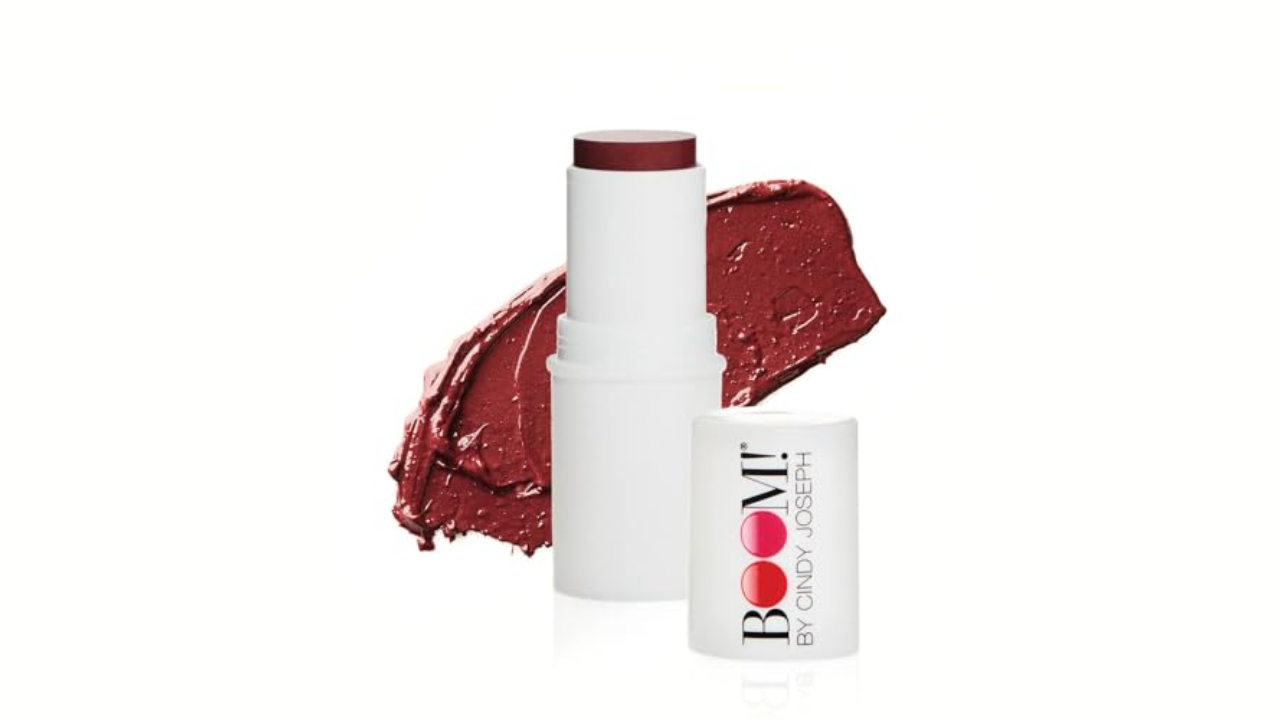The Kennewick Irrigation District is warning that it likely will require mandatory watering restrictions this summer, as the water forecast continues to drop.
But residents who are careful about watering now could shorten the amount of time that restrictions could be in place to just days or weeks, the district said.
The district has not had a mandatory watering schedule since the drought of 2015.
But this year it could move to a mandatory, enforced watering schedule in July, it says.
So far this irrigation season, residents are being asked to adhere to a voluntary schedule. They are assigned morning or evening times when they have the opportunity to water 20 minutes per sprinkler zone three days a week.
The watering schedule, which is based on house numbers, is posted at kid.org under “drought information.”
During low water years canals carry less water. If everyone waters their lawns at the same time, which usually happens in the morning, it creates a surge in demand that can quickly deplete canal levels, the district says.
Spreading out watering helps maintain consistent pressure and ensures everyone has access to the water they need, the district says.
Drip irrigation and watering with a hose are not affected by the voluntary restrictions.
But remember that water saved now translates to a shorter mandatory schedule later, the district posted on social media.
Water forecast
The Bureau of Reclamation’s May 2024 water forecast for the Yakima Basin, which supplies the Kennewick Irrigation District, indicates there will not be enough water to fully meet irrigation demands.
The bureau forecasts the water supply based on river and creek flows, precipitation, snowpack and reservoir storage, along with estimates of future precipitation, river flows and irrigation return.
Those with junior water rights can expect to received just 54% of their full entitlements. That compares to a forecast of 47% in the spring of 2015.
Over half of the water rights in the Yakima Basin are held by junior water rights holders, or those with claims after May 1905.
The Kennewick Irrigation District is grouped with junior water right holders, but it gets the irrigation water that returns to the Yakima River between the Parker Gauge downriver from Union Gap and Prosser Dam.
Historically, it has gotten somewhat more water than the percentage available for holders of junior water rights.

Although Benton and Franklin counties are not experiencing drought now, the Cascade Mountains of Washington, are abnormally dry or in moderate drought, according to the U.S. Drought Monitor.
The snowpack that melts and feeds the Yakima River was at 52% of average as of Thursday, according to the Natural Resources Conservation District.
Water also is stored in five reservoirs that feed the Yakima River, which were at 64% of capacity as of Thursday.
The Kennewick Irrigation District does not have water rights to use the Columbia River, which it sits above.
Instead, it has been lining and widening its main canal with the intention of building a 12,000-acre-foot reservoir.
It would be roughly the size of the water between the cable and blue bridges, the district posted on social media in response to questions.
Residents also are asking if their irrigation bills will go down because less water is available.
The answer is no.
Billing is more like a property tax, with irrigation assessments based on the size of property, the district said on social media.
An update water forecast is expected in early June.
Conserve irrigation water
To help conserve irrigation water and still get good results watering lawns and gardens this summer, KID offers these tips:
▪ Train your lawn to be drought resistant with deep roots by watering only every third day, but for longer periods. Information on training lawns is posted at bit.ly/3nxkjto.
▪ Use drip irrigation where possible. Delivering the water slower and in smaller doses directly at the plant’s root can save as much as 50% to 70% of misting. Runoff, wind drift and evaporation are also minimized this way.
▪ Use a watering can or a hose with a close-off valve or sprayer when you hand water.
▪ Allow your grass to grow a little longer before cutting. Longer blades block out the sun, which shades grass roots and retains moisture.
▪ Use a layer of organic mulch on the surface of planting beds to minimize weed growth that competes for water.
▪ Mulch lawn clippings back into your grass or use them in your garden. Decaying grass clippings add moisture and nutrients back into the yard, which then requires less water.
▪ Turn off the sprinklers in rainy or windy conditions.
▪ Check sprinklers to make sure they aren’t watering streets and sidewalks.
Signup bonus from



